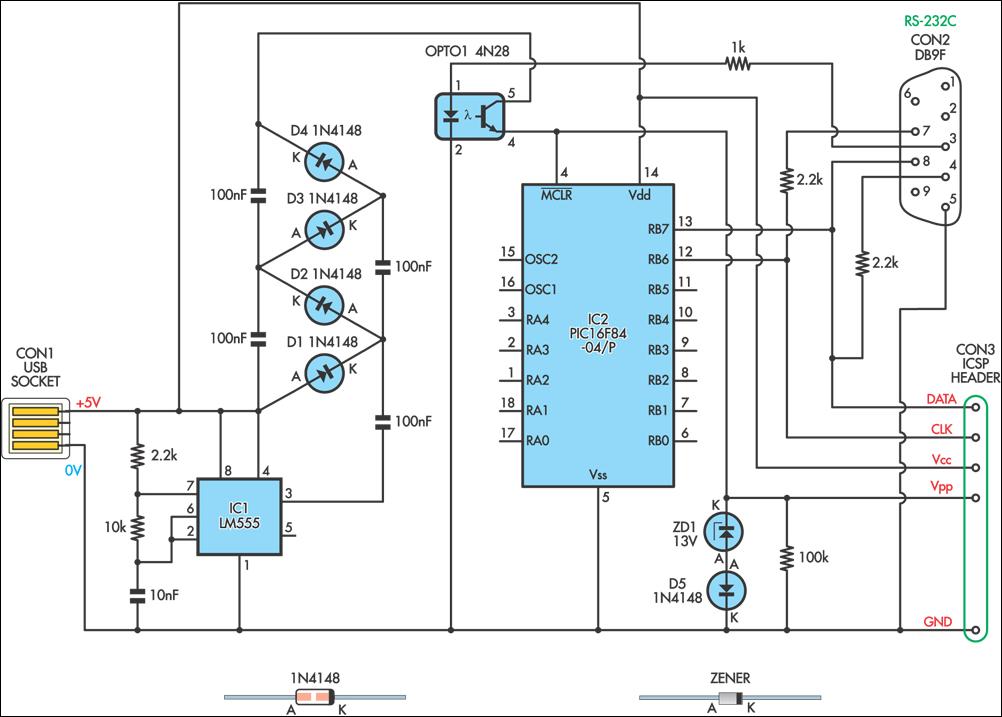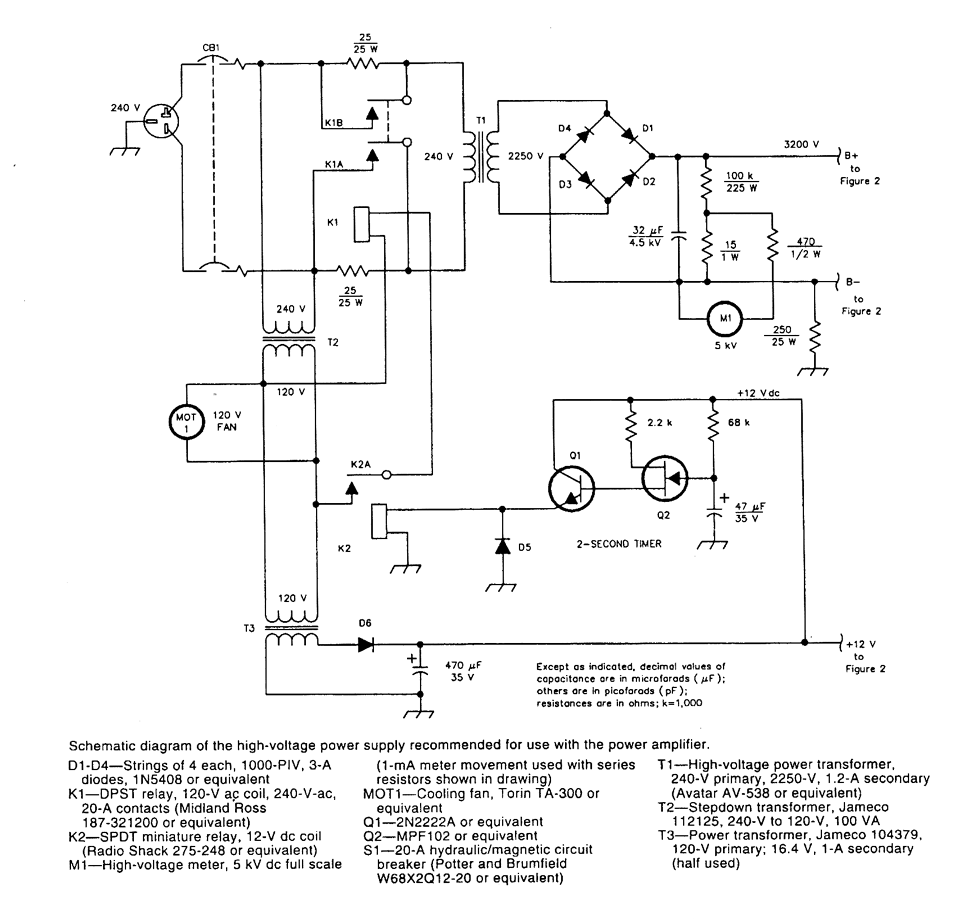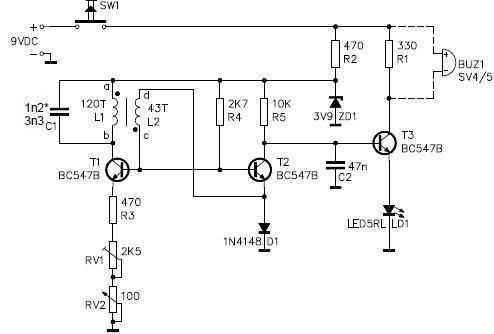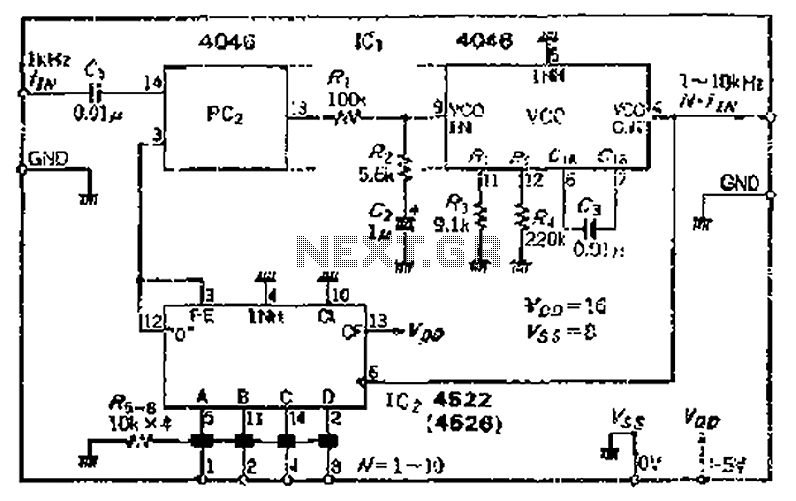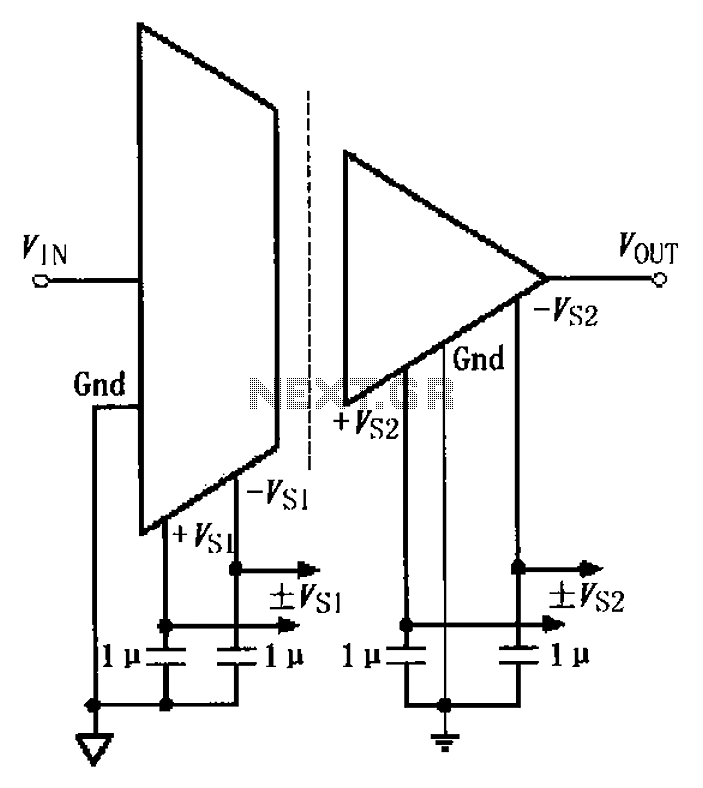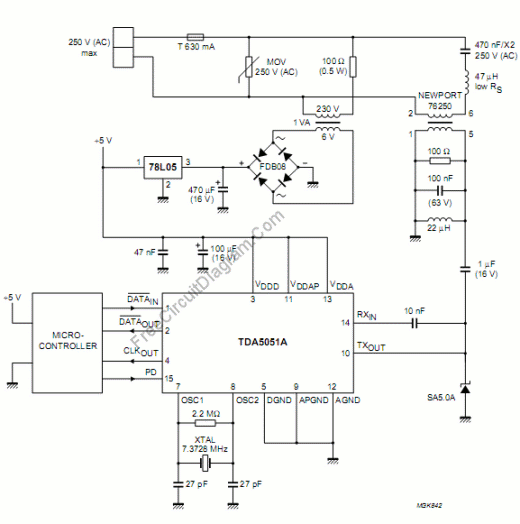
wirelles power transfer using tesla coils
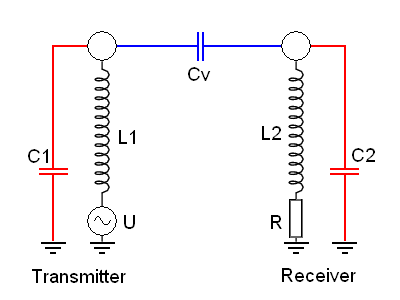
This project is a successor to SSTC1, which has been retired. The purpose of this coil is to operate with its breakout suppressed, demonstrating the concept of wireless power that Tesla himself worked on during his time. Further videos and pictures of this project are still being sought.
The described project involves a solid-state Tesla coil (SSTC) designed to operate without a breakout point, which is a significant aspect of its functionality. This approach aligns with Nikola Tesla's original experiments in wireless energy transmission, where the focus was on creating high-voltage, high-frequency electrical fields to transfer energy without the need for physical connections.
The SSTC utilizes a high-frequency oscillator circuit, typically based on a combination of a power transistor or MOSFET, a feedback loop, and a primary and secondary winding configuration. The primary winding is connected to the power source and the switching element, while the secondary winding, which is tuned to resonate at the same frequency as the primary, generates the high-voltage output.
In this specific design, the breakout point, which usually allows for the generation of visible electrical arcs, is suppressed. This is achieved by carefully tuning the secondary coil and adjusting the feedback mechanism to prevent the formation of arcs, thus allowing the coil to demonstrate wireless power transmission more effectively. The energy is transmitted through the air in the form of electromagnetic fields, which can be harnessed by receivers designed to capture this energy.
The schematic of the SSTC would include components such as a power supply, a driver circuit for the MOSFET, feedback components, and the primary and secondary coils. The power supply must provide sufficient voltage and current to drive the oscillator circuit, while the driver circuit ensures that the MOSFET switches at the correct frequency for optimal energy transfer.
This project not only showcases the principles of wireless power transmission but also serves as a platform for further experimentation and exploration of Tesla's theories. As additional visual documentation becomes available, it will enhance the understanding and appreciation of this innovative application of electrical engineering principles.This project is a descendant of my SSTC1, after it was retired. This coil`s purpose is to run with it`s breakout suppressed, and demonstrate the concept of wireless power Tesla himself used to work on in his time. I`m still in process of searching for more videos and pictures of this project, after.. 🔗 External reference
The described project involves a solid-state Tesla coil (SSTC) designed to operate without a breakout point, which is a significant aspect of its functionality. This approach aligns with Nikola Tesla's original experiments in wireless energy transmission, where the focus was on creating high-voltage, high-frequency electrical fields to transfer energy without the need for physical connections.
The SSTC utilizes a high-frequency oscillator circuit, typically based on a combination of a power transistor or MOSFET, a feedback loop, and a primary and secondary winding configuration. The primary winding is connected to the power source and the switching element, while the secondary winding, which is tuned to resonate at the same frequency as the primary, generates the high-voltage output.
In this specific design, the breakout point, which usually allows for the generation of visible electrical arcs, is suppressed. This is achieved by carefully tuning the secondary coil and adjusting the feedback mechanism to prevent the formation of arcs, thus allowing the coil to demonstrate wireless power transmission more effectively. The energy is transmitted through the air in the form of electromagnetic fields, which can be harnessed by receivers designed to capture this energy.
The schematic of the SSTC would include components such as a power supply, a driver circuit for the MOSFET, feedback components, and the primary and secondary coils. The power supply must provide sufficient voltage and current to drive the oscillator circuit, while the driver circuit ensures that the MOSFET switches at the correct frequency for optimal energy transfer.
This project not only showcases the principles of wireless power transmission but also serves as a platform for further experimentation and exploration of Tesla's theories. As additional visual documentation becomes available, it will enhance the understanding and appreciation of this innovative application of electrical engineering principles.This project is a descendant of my SSTC1, after it was retired. This coil`s purpose is to run with it`s breakout suppressed, and demonstrate the concept of wireless power Tesla himself used to work on in his time. I`m still in process of searching for more videos and pictures of this project, after.. 🔗 External reference
